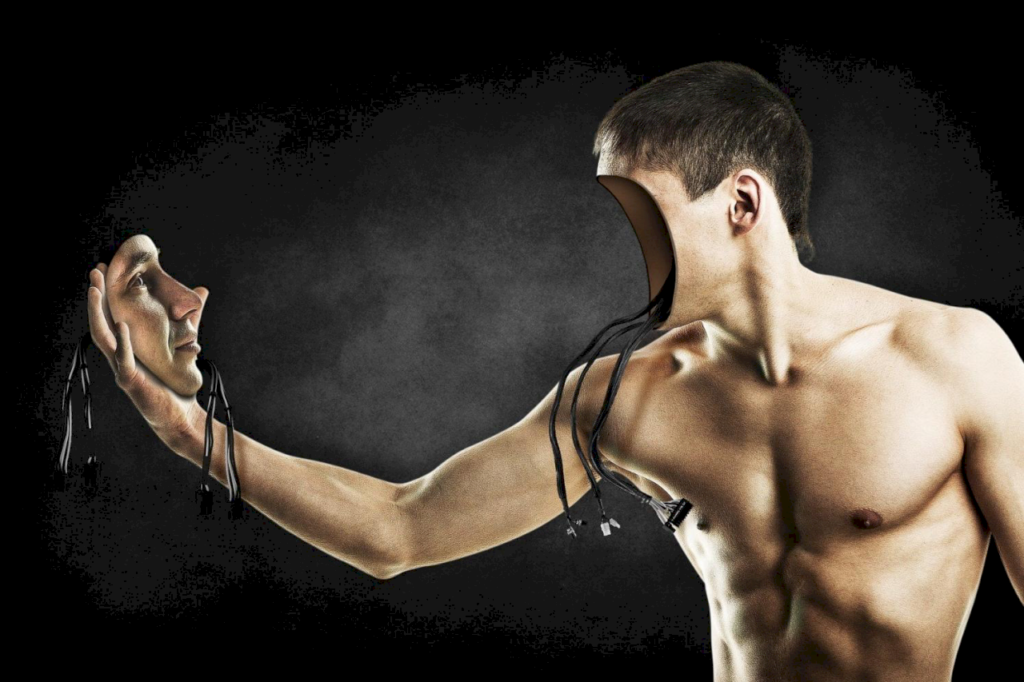How often do you find yourself going through the same pattern of tasks everyday — but unconsciously?
If you’re like most people, you probably spend almost half your life on autopilot — 46.9% of the time, to be exact, according to Daniel Gilbert.
There’s good reason that we fall into this mode.
When we find a way of doing something that works for us or learn what we think is the correctway of doing something, we repeat it. And repeat it.
We repeat things until they become second nature. In brain terms, it’s called the default mode network (DMN).
Over time and with repetition, we get so comfortable doing a task that we don’t require our full consciousness to do it. That is, until something unforeseen happens.
Think about the last time you made your way from the market back home, do you remember how many times you crossed the street or, if you drive, switched lanes?
When your brain isn’t focused on a task, it switches into autopilot mode (driving, washing your hair, brushing your teeth) whenever it can. This switch to automatic processing allows your brain to rest its prefrontal cortex.
Autopilot can be incredibly helpful, especially when we are talking about brushing our teeth, flossing, dressing ourselves, checking the mail, cleaning the kitchen, it saves us unnecessary decision-making.
The danger is when we don’t notice that we’ve slipped into this mode.
When we think we know how a system or protocol works and, therefore, ignore it, it’s easy for us not to realize that our autopilot turns on. When that happens, we may end up building habits that we don’t always want to build, especially if we are driven by impulse or are emotionally or physically over-stimulated.
Now, I am in NO way saying that autopilot is bad, it’s actually a great thing your brain does to conserve energy. But it’s imperative to be aware of it — to know when it’s actually hindering you, and how to turn it “off”.
Doing so takes just one simple activation: change your perspective. You see the opposite of autopilot is mindfulness. When we are on autopilot, we experience stimulus, and immediately react. When we are in a state of mindfulness, we allow for a disruption between the stimulus and reaction, allowing the reaction to become a response.
This not only allows us better “control” over potentially detrimental habits and behaviors, but increases our emotional intelligence, helps us cultivate awareness, resilience, and reduces stress levels.
We feel less guilty too — because we are actually choosing our response, rather than feeling potential shame for the choices our impulsive, stimulus-driven choices.
Here’s how:
- Close your eyes (After you read this brief text that is!).
- Draw your attention towards each of your five senses. One by one, focus on all of them.
- What do you smell, hear, taste, feel, even see (what colors did you see even when your eyes are closed) in this state.

This is a practice your can do quickly and regularly to ground yourself and return to this mindful, full-sense experience in the moment. I like to practice this before I eat a meal, during a meal, in the middle of a working block, when I’m exercising, and when I’m feeling anxious. It’s a great way to check-in with our mind intermittently – and as we’ve discussed before, the most powerful way to observe shift is through practicing anything with consistency!
This simple practice encourages us to live “in the moment.” More importantly, however, it invites our senses and our brain to experience the subtly of the here and now without being worried about checking a box. Your brain is basically getting smarter.
And it’s a sure-fire way to evade the rat-race wheel of doom.
